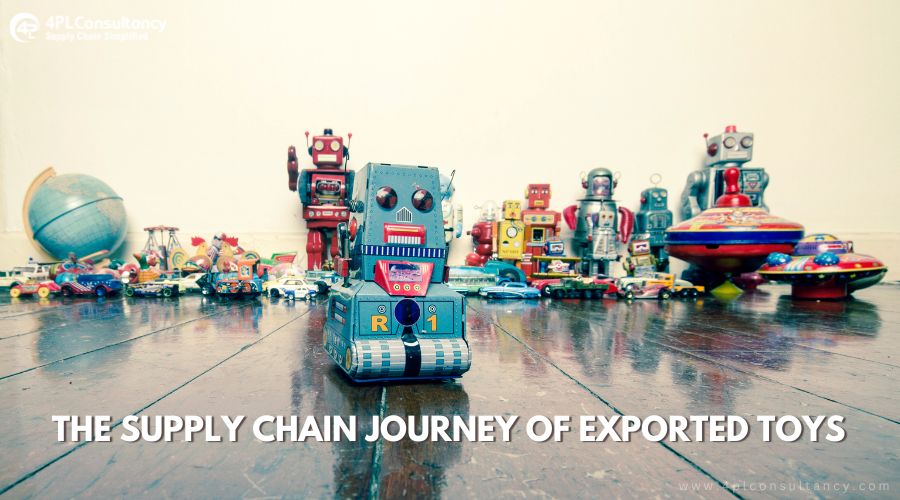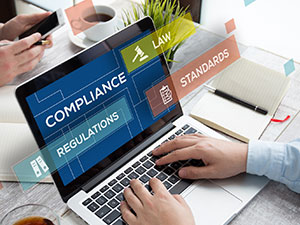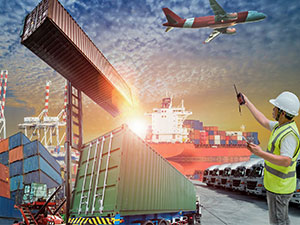Blog Details

The Supply Chain Journey Of Exported Toys
Introduction
The global toy market is a vibrant industry, driven by innovation, creativity, and the universal appeal of play. As toys move from factories to playrooms around the world, they undergo a complex journey through the global logistics and supply chain. This journey is shaped by various factors, including regulations, packaging and labelling requirements, and the challenges of sustainability.
Overview of Global Logistics and Supply Chain for Toys
The journey of a toy from its manufacturing site to a child's hands involves multiple stages, including production, packaging, transportation, and retail distribution. This intricate process is heavily influenced by the logistics strategies and supply chain management practices adopted by companies.
For toy manufacturers, the challenge lies in maintaining efficient logistics while navigating the intricate web of global trade regulations. Different countries impose distinct import restrictions, requiring exporters to stay up-to-date with the latest rules to avoid delays and penalties.
Regulations and Restrictions
In the world of toy exports, adherence to regulatory standards is crucial. Safety regulations ensure that toys meet specific standards to protect children from potential hazards. These regulations vary by country, making it necessary for exporters to comply with multiple standards when shipping to various destinations.
For instance, the European Union has stringent safety regulations under the Toy Safety Directive. This directive mandates that all toys sold within the EU meet specific safety criteria, covering everything from chemical composition to physical properties.
In the United States, toys must comply with standards set by the Consumer Product Safety Commission (CPSC). These standards focus on ensuring that toys are free from toxic substances and other hazards.
Labelling and Packaging Requirements
Labelling and packaging are critical components of the toy supply chain. Proper labelling ensures that toys provide essential information to consumers, such as age appropriateness, safety warnings, and manufacturer details. Packaging requirements vary by country and can significantly impact logistics.
In the UK, toy packaging must meet specific guidelines to ensure the safety of children. These guidelines include requirements for packaging materials, which must not pose a choking hazard or contain harmful substances.
Similarly, in India, toys must comply with the Bureau of Indian Standards (BIS) certification, which mandates specific packaging standards to ensure product safety.
UK and India Toy Exports
The UK and India are both significant players in the global toy market, each with its unique challenges and opportunities in toy exports.
UK Toy Exports: The UK is known for its stringent regulatory environment and emphasis on quality. As a major exporter of toys, UK manufacturers must adhere to both domestic and international standards. The Brexit transition has also added complexity to the UK's export landscape, with new trade agreements and customs regulations impacting the logistics of toy exports.
India Toy Exports: India's toy industry has been growing rapidly, with a focus on sustainability and eco-friendly products. Indian toy manufacturers are increasingly adopting green logistics practices, such as using recyclable materials in packaging and reducing carbon emissions in transportation. According to The Economic Times, India's toy exports have seen significant growth in recent years, driven by government initiatives and increased global demand for sustainable products.
Sustainability in the Toy Supply Chain
Sustainability has become a key consideration in the toy supply chain. As consumers become more environmentally conscious, toy manufacturers and exporters are adopting sustainable practices to meet this demand.
One notable trend is the shift towards eco-friendly packaging. Many companies are replacing traditional plastic packaging with biodegradable or recyclable alternatives. This not only reduces the environmental impact but also aligns with global efforts to promote sustainable logistics.
The Role of Technology in Toy Logistics
Technology plays a crucial role in optimizing the toy supply chain. Digital platforms and automation tools help streamline logistics operations, reduce costs, and improve efficiency. According to Supply Chain Digital, the integration of AI and IoT in logistics has revolutionized the way toys are tracked and delivered, ensuring faster and more reliable shipments.
Conclusion
The journey of a toy from factory to playroom is a complex process shaped by various factors, including regulations, packaging, and sustainability practices. As the global toy market continues to evolve, manufacturers and exporters must stay agile and adapt to changing trends to succeed in this dynamic industry.
Incorporating green logistics, staying compliant with regulations, and leveraging technology are key strategies for thriving in the global toy export market. The future of toy exports lies in a balanced approach that considers both business growth and environmental impact.
4PL Consultancy has a team of experts in Tariff classifications of wide variety of Product lines – Medical spares, Aerospace, Radiation Oncology machines & spares etc.





